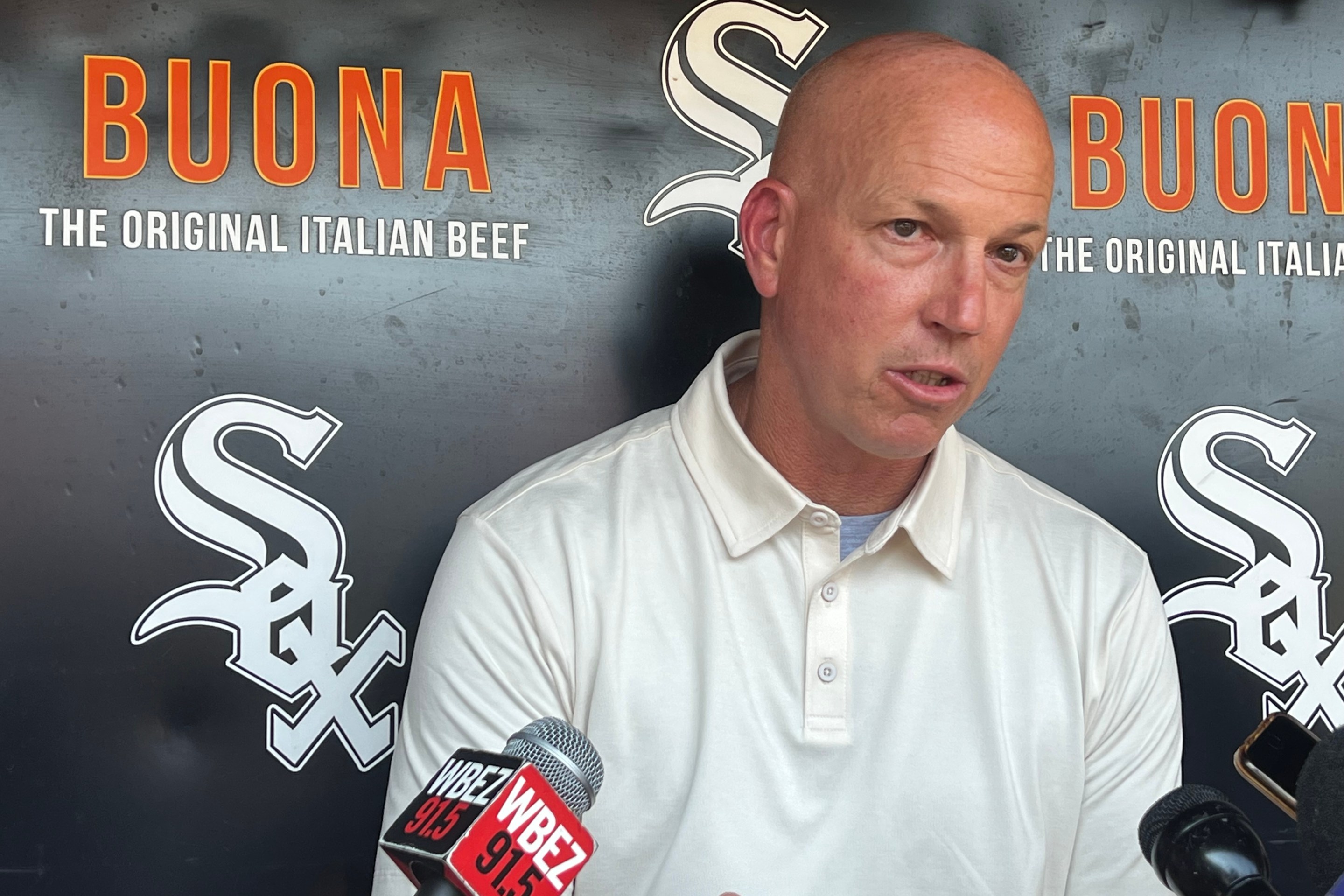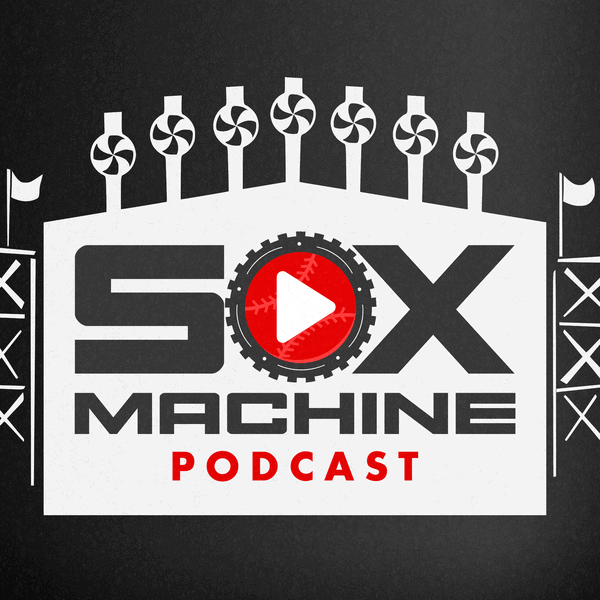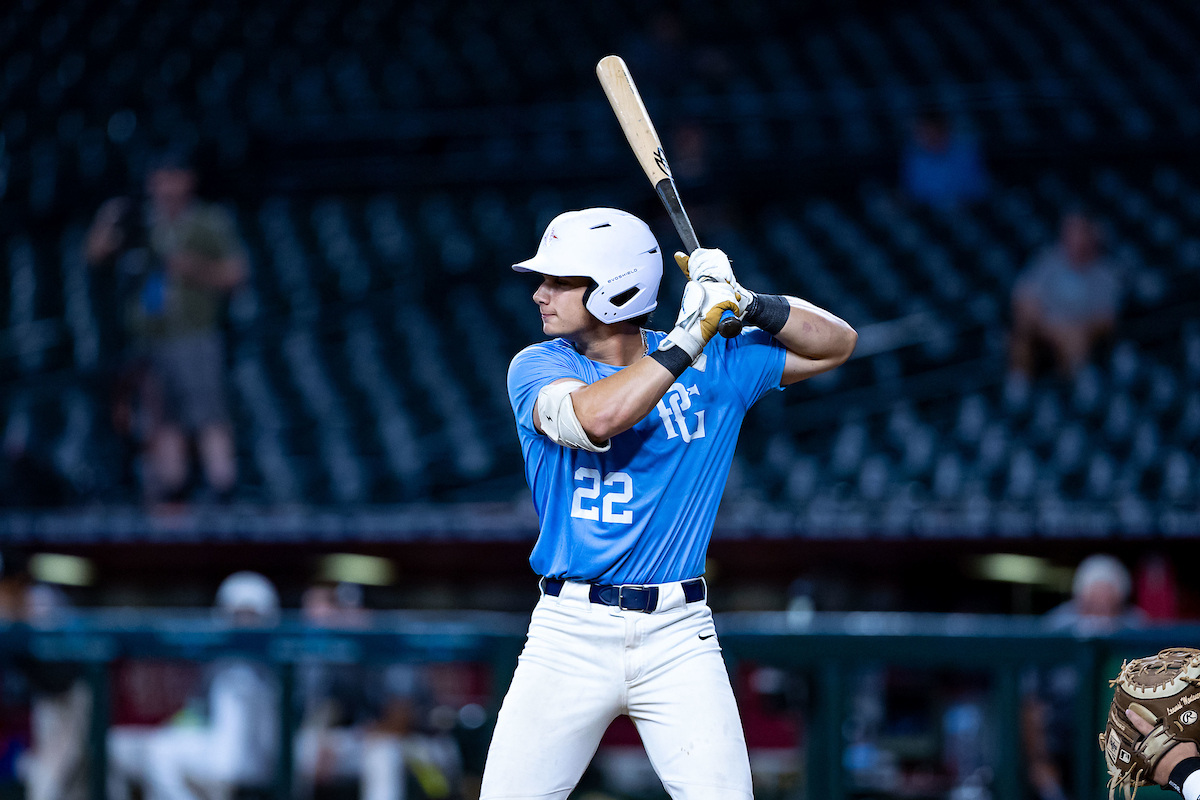Last night was a breath of fresh air. After four lackluster innings from the Chicago White Sox offense, they woke up to put up 11 runs and shock the Los Angeles Angels. At least on paper, tonight wasn't going to be an easy task duplicating that power production against Shohei Ohtani. His pitch mix of elite fastball velocity, slider, and splitter has given White Sox hitters headaches for years. At least the White Sox were countering with Michael Kopech.
Those good vibes were put in check early. The White Sox made Ohtani sweat a bit in the first inning as Tim Anderson, and Jose Abreu collected singles. After a wild pitch moved Anderson and Abreu up 90 feet, Ohtani punched out Gavin Sheets to end the threat keeping the game scoreless.
Kopech did not have the same luck. Mike Trout hit an RBI double to put the Angels ahead, and then Kopech couldn't field Anderson's return throw on an attempted 3-6-1 double play. That error allowed Trout to score, and once again this series, the Angels were ahead early 2-0.
The following scoring opportunity for the White Sox came in the fourth inning. Ohtani already had racked up six strikeouts, but Luis Robert reached on an infield single, and Abreu picked up his second single of the night. Sheets smoked a line drive that traveled 104 mph off the bat, but Trout ran it down with Robert not tagging up.
AJ Pollock had a good fastball to hit but fouled off. After laying off one splitter in the dirt, Pollock whiffed on the second splitter. With two outs, it was up to Leury Garcia to cash in the scoring opportunity. In a spirited battle, Garcia fouled off difficult pitches to stay alive. On 3-2, Garcia watched Ohtani's curveball miss the zone. His walk loaded the bases.
Next was Josh Harrison, who drove in three runs the previous night. Searching for a fastball to hit, Harrison fouled off Ohtani's 100-mph four-seamer before whiffing for a strikeout on the slider. White Sox hitters made Ohtani's pitch count climb, but there was still nothing to show for that effort.
Meanwhile, Michael Kopech found his rhythm after the turbulent first inning as the Angels were held scoreless for the next four innings. Kopech didn't have his best stuff this evening as the average four-seamer velocity was 1.4 mph below his season average. The spin rate for all his pitches was below average, and Kopech generated just 11 whiffs along with a 23% Called Strike Whiff (CSW) rate after five innings.
Looking at the data, it's not impressive, but for those who remember watching Kopech pitch in Birmingham, he's come a long way in maturing as a starting pitcher. A lot of scouts love to tout "pitchability" when watching pitchers. Can they master the art of getting batters out without premium stuff? Kopech didn't have his premium stuff tonight but still managed to keep the White Sox within striking distance.
Ohtani left in the sixth inning after allowing a third single to Abreu but got Sheets to whiff at a slider out of the strike zone. Even though Ohtani lasted just 5.2 innings, he only allowed five hits and one walk while striking out 11 White Sox hitters.
Left-handed reliever Jose Quijada took over for Ohtani and was greeted by Pollock, who slapped a single to right field. Abreu advanced to third base on the hit to put runners on the corners. With a lefty on the mound, it seemed like a good opportunity for manager Tony La Russa to go to his bench to pinch-hit for Garcia. But in La Russa's manual, "Managing like a Hall-of-Famer," pinch hits are not allowed before the eighth inning.
Naturally, Garcia hit a slow roller back to Quijada for the final out, leaving more runners on base and keeping the White Sox scoreless.
Then La Russa opted to stick with Kopech for the sixth inning despite being at 90 pitches. It started well with Kopech striking out Ohtani, but Jared Walsh singled to center field. Velocity on the four-seamer was hovering between 92 and 93 mph. Pretty clear that Kopech was running on fumes.
Sure enough, instead of bringing in a reliever to face Luis Rengifo, La Russa watched Kopech's 93-mph fastball travel 408 feet for a two-run homer. Now the Angels were up by four runs with Reynaldo Lopez trotting out of the bullpen. Kopech's final line was 5.1 IP 5 H 4 R 3 ER 2 BB 6 K.
Abreu picked up his fourth single of the night in the eighth inning. That base knock came after Robert reached on a throwing error to give Sheets another opportunity to make a dent in the deficit. He failed to do so, grounding into a fielder's choice. Beating out a double-play attempt did work in the White Sox's favor. Ryan Tepera's slider five-holed Max Stassi and allowed Robert to score on the wild pitch.
That was the White Sox only run. A night after they flexed their power to 11 runs, the offense reverted back to their inability to generate runs against a premium right-handed pitcher. One day they will figure it out.
Game Notes:
- Jose Abreu's four-hit night raises his season slash line to .284/.375/.451. While the home runs are lacking, the OPS is getting back to career normal.
- Andrew Vaughn was given the night off by Tony La Russa to rest his legs after playing back-to-back games. Not sure if we should be worried about a 24-year old having tired legs.
- Reynaldo Lopez, Jose Ruiz, and Kendall Graveman combined 2.2 scoreless innings with four strikeouts.






